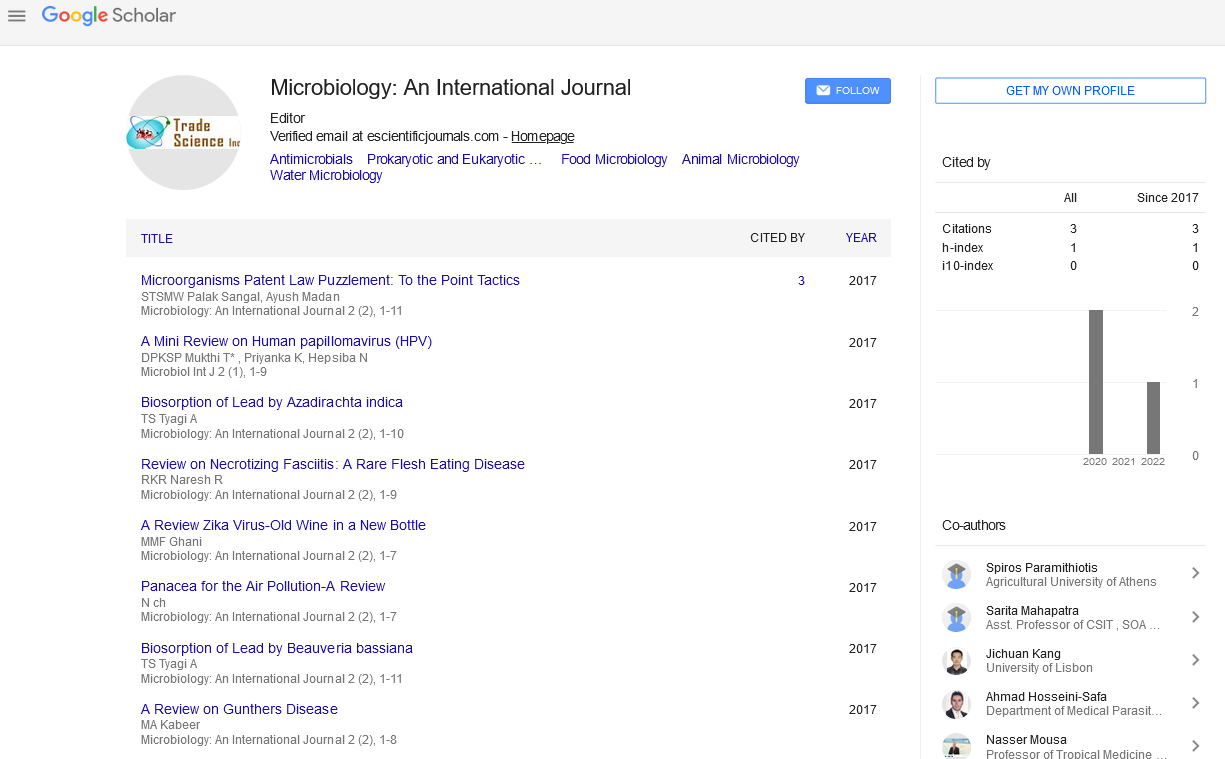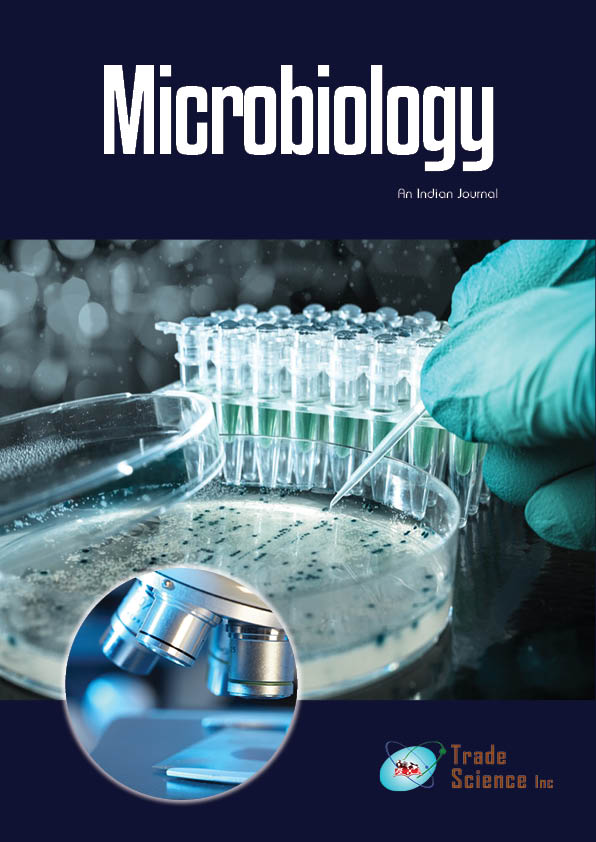Abstract
In the Case of Methicillin-Resistant Staphylococcus Aureus, a Combination of Proteomics Analysis was used
Author(s): Mounish Razak*Recent findings suggest that in bacterial populations receiving occasional antibiotic treatment, tolerance and resistance could arise quickly. In this study, we used antibiotic combinations in the lab to create novel methicillin-resistant Staphylococcus aureus strains with different phenotypes (tolerant, resistance, and decreased tolerance), then analysed their proteome profiles to figure out how they adapt. While the tolerance strains have proteomes that are considerably different from the susceptible ancestor strain, the resistant strains proteomes are extremely similar to the ancestral strain. Our proteomics data and other assays establish the link between discovered mutations and observed symptoms, supporting our current understanding of tolerance and resistance mechanisms. While resistance directly counteracts the antibiotic's action mechanism, tolerance entails significant alterations in the biological processes of the cells in order to acquire survival benefits. Overall, this research sheds light on the presence of many evolutionary mechanisms for the development of tolerance and resistance to various treatments. Antibacterial medication combinations having synergistic effects are becoming increasingly popular in the fight against multi-drug-resistant pathogens like methicillin-resistant Staphylococcus aureus (MRSA). The proteome responses in MRSA were investigated using label-free quantitative proteomics under the stress of a sub-inhibitory dose of a synergistic medication combination of a new erythromycin derivative and oxacillin.

